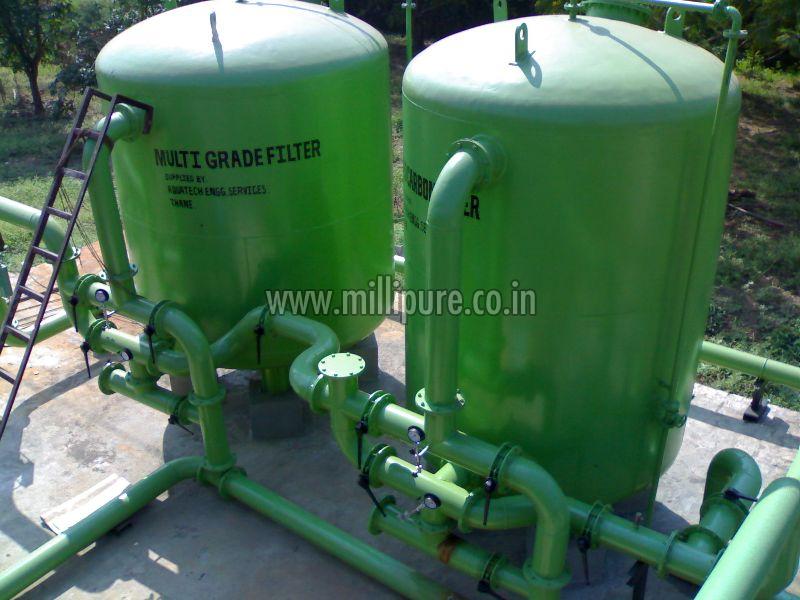What Is A Sand Filter And How Does It Work?
Posted by Admin on March, 25, 2023

Sand filtration is a water treatment method that uses the porous properties of sand to capture different components. The method is frequently employed alongside other filtering methods like activated carbon. Learn the fundamentals of both quick and slow sand filters by Sand Filter Manufacturer India.
What Is A Sand Filter?
A sand filter, as implied by the name, includes sand. A sand filter holds sand with various particle sizes, and the bottom of the filter has a porous double bottom. Sand filters come in sizes ranging from extremely big to very tiny, depending on the liquid flow rate (usually water).
The sand is frequently in a filter made of steel, plastic, or concrete.
How Is Sand Filtration Carried Out?
A sand filter by Sand Filter Manufacturer India functions by using sand. It is with a certain particle size to allow water to pass through it from top to bottom. It is frequently seen that multiple layers are utilized with varied particle sizes to remove various floating particles. The particle size of the sand depends on what people wish to remove from the water.
A porous layer in the sand bed assures the filter's functionality. With a sand filter, several physical and biological processes can also occur, removing even more constituents.
More pressure will be required to force the water through the sand filter. The removed particles will eventually amass the top layer of the filter.
After a while, one will backwash the sand filter, which will drain out the removed particles. It will allow the filter to be utilized once again. This prevents a filter from being blocked. The water flow direction is reversed to do this back-washing.
What Distinguishes Quicksand Filtration From Slow Sand Filtration?
The difference between rapid and slow sand filtration is that with a slow sand filter, organic material is also broken down biologically in addition to being removed mechanically since the filter contains biomass.
A slow sand filter cannot be back-washed. Doing so would remove the biomass from the filter and cause it to lose its biological impact.
What Can Be Filtered Out Using Sand?
Granules, filth, bugs, spores, precipitate iron, and chrome particles may all be removed using sand filtration. Many protozoa and bacteria may also be reduced in quantity. As a result of physical and biological processes occurring in the filter. For instance, this is taken out of drinking water, seawater desalination, surface water, chilled water, contaminated water, and wastewater.
Final Words
Using numerous biological and physical mechanisms, slow sand filtration efficiently eliminates turbidity. It removes cloudiness and germs in a single treatment step. Layers of components are vertically placed to make up a slow sand filter.
Smaller sand grains will have more resistance and less flow because of this. Since the diameter is so tiny and the sand is lighter than the dirt, less capacity is needed for backwashing. Also, you should consider that backwashing needs to occur more frequently when the sand particle diameter is lower. This is because employing a smaller diameter results in more dirt being caught.
Search
Category
Recent Posts
- Sand Filter Manufacturer India – Providing Trustworthy Water Filtration Solutions
- Ultrafiltration Plant Manufacturer India: Giving the top Quality Water Purification
- The Ultimate Guide to Multi-Column Distillation Plant
- Wastewater recycling system – Its significant uses for water purification
- Reasons Every Home Must Have a Water Softener Plant
Leave a Comment